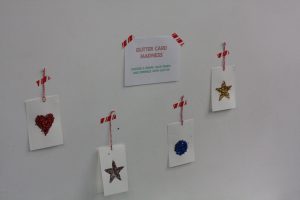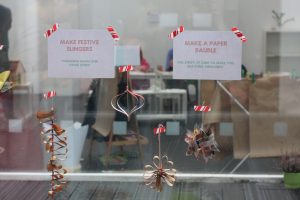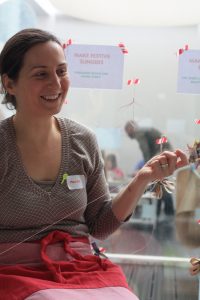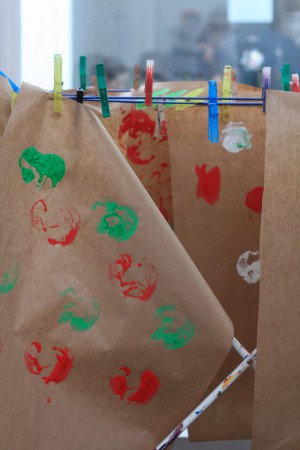Lovely to see you all in class again this week.
Hope you all had a wonderful restorative holiday. Here is a photo from our family holiday in Wales with my husband’s family (out adventuring at a castle on the only day without rain!)
And don’t forget the first Coffee & Cake Discussion Group this Tuesday 15 January at 8pm. See the details here.





